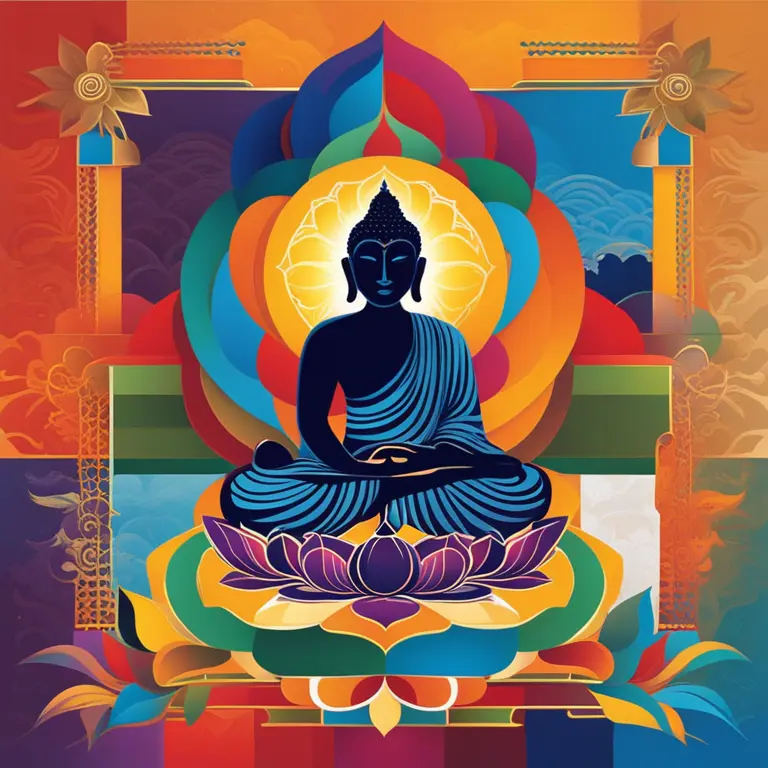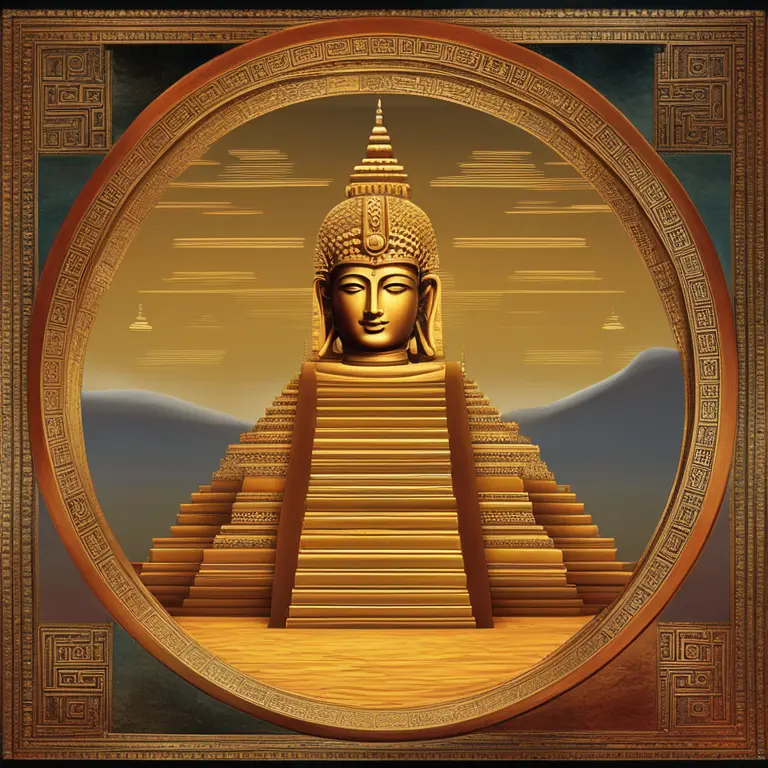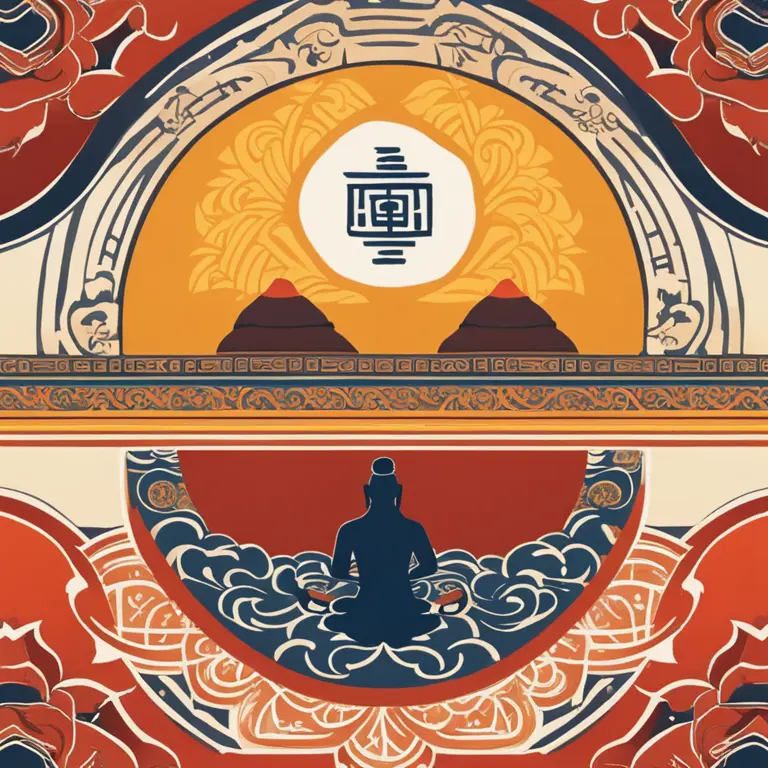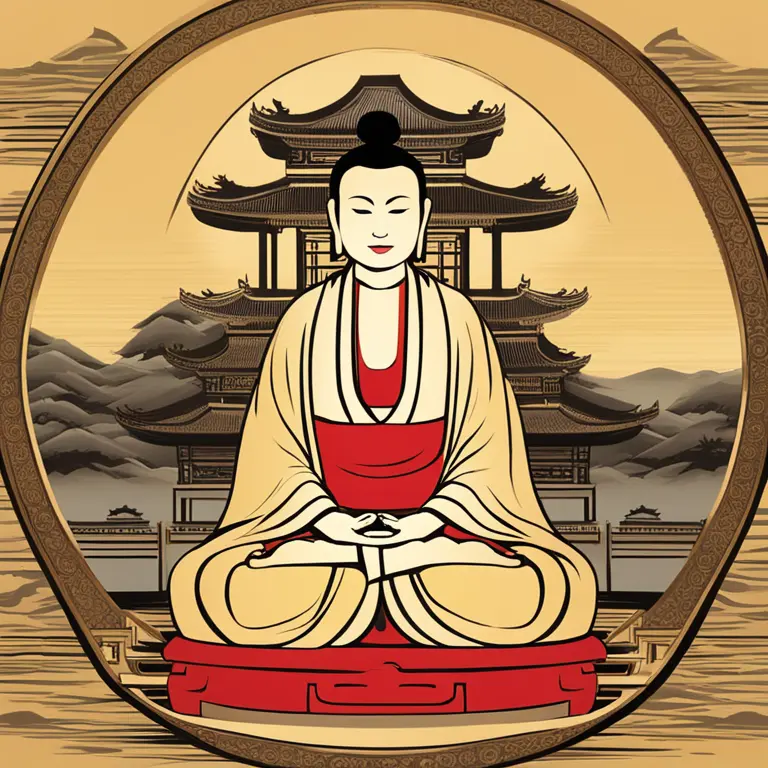
Meditation: A Historical Overview
Discover the ancient beginnings and historical journey of meditation, from its Eastern roots to its global spread and modern practice.
article by Hina Kurosawa
The Dawn of Meditation
Meditation is often considered a timeless practice, with its origins woven into the fabric of ancient civilizations. The earliest records of meditation practices date back to approximately 1500 BCE within the Hindu traditions of India, as documented in the Vedas. This profound mental exercise was initially intertwined with religious rituals and spiritual quests. The Vedas, a collection of texts containing hymns, incantations, and philosophies, provide the first written evidence of meditative techniques and reflective traditions that would eventually shape various aspects of Eastern spirituality.

Buddhism and the Spread of Meditation
As Buddhism emerged in the 6th century BCE, meditation became integral to its teachings, popularized by Siddhartha Gautama – the Buddha. After attaining enlightenment through deep meditation, the Buddha preached 'Dhyana' as a path to liberation from suffering. The practice of meditation in Buddhism was embraced and refined across Asia, as the faith spread to countries like China, Japan, and Korea. These traditions developed unique forms of meditation, such as Zen in Japan, which emphasizes simplicity and mindfulness in the present moment.

Taoism and Chinese Contributions
Taoist China also contributed to the early development of meditation practices. With roots tracing back to the 6th century BCE, Taoism encouraged a harmonious flow of life energy ('Qi') through meditation and breathing techniques. This complemented and sometimes intersected with Buddhist meditation, leading to a rich tapestry of practices. Throughout the centuries, these methods have been honed and preserved, forming the basis for contemporary practices like Qigong and Tai Chi.

The Journey Westward
The practice of meditation began its journey to the Western world during the late 19th and early 20th centuries with the migration of Asian scholars and the growing interest in Eastern philosophies. The Theosophical Society and influential figures like Swami Vivekananda played a pivotal role in introducing meditation to the West. As scientific inquiry and cultural openness increased throughout the 20th century, meditation transitioned from a mystical ritual to a subject of clinical research and mainstream practice.

Modern Meditation Practices
In the contemporary context, meditation has transcended religious boundaries and has been embraced worldwide for its mental, emotional, and health benefits. With the advent of mindfulness and the growing body of scientific research supporting its advantages, meditation is now often recommended for stress reduction, improved concentration, and overall well-being. Various forms, such as Mindfulness-Based Stress Reduction (MBSR) and Transcendental Meditation (TM), have emerged, making the practice accessible and adaptable for diverse audiences.
Meditation's Ongoing Evolution
Meditation continues to evolve, incorporating technology and new approaches to enhance its efficacy. Modern innovations, such as guided meditation apps and virtual reality experiences, are making the practice more approachable. As we move further into the 21st century, meditation remains a living tradition, constantly adapting to the needs of those seeking inner peace and higher awareness. Its transformation from an ancient technique to a staple of health and wellness exemplifies its universal appeal and timelessness.
Published: 1/24/2024
Modified: 1/24/2024
More predictions
Come back here soon to learn more about yourself and your future


Effective Meditation for Contemporary Life
Discover the meditation methods that best suit the fast pace of contemporary life and how they enhance mental and emotional well-being.


Soothing Sleep-inducing Meditation Techniques
Discover effective sleep-inducing meditation strategies in this enlightening article. Learn to drift into deep, restful slumber with ease.


Soothing Sleep: Meditation for Restful Nights
Discover effective meditation practices to enhance sleep quality and embrace restfulness in this insightful article.